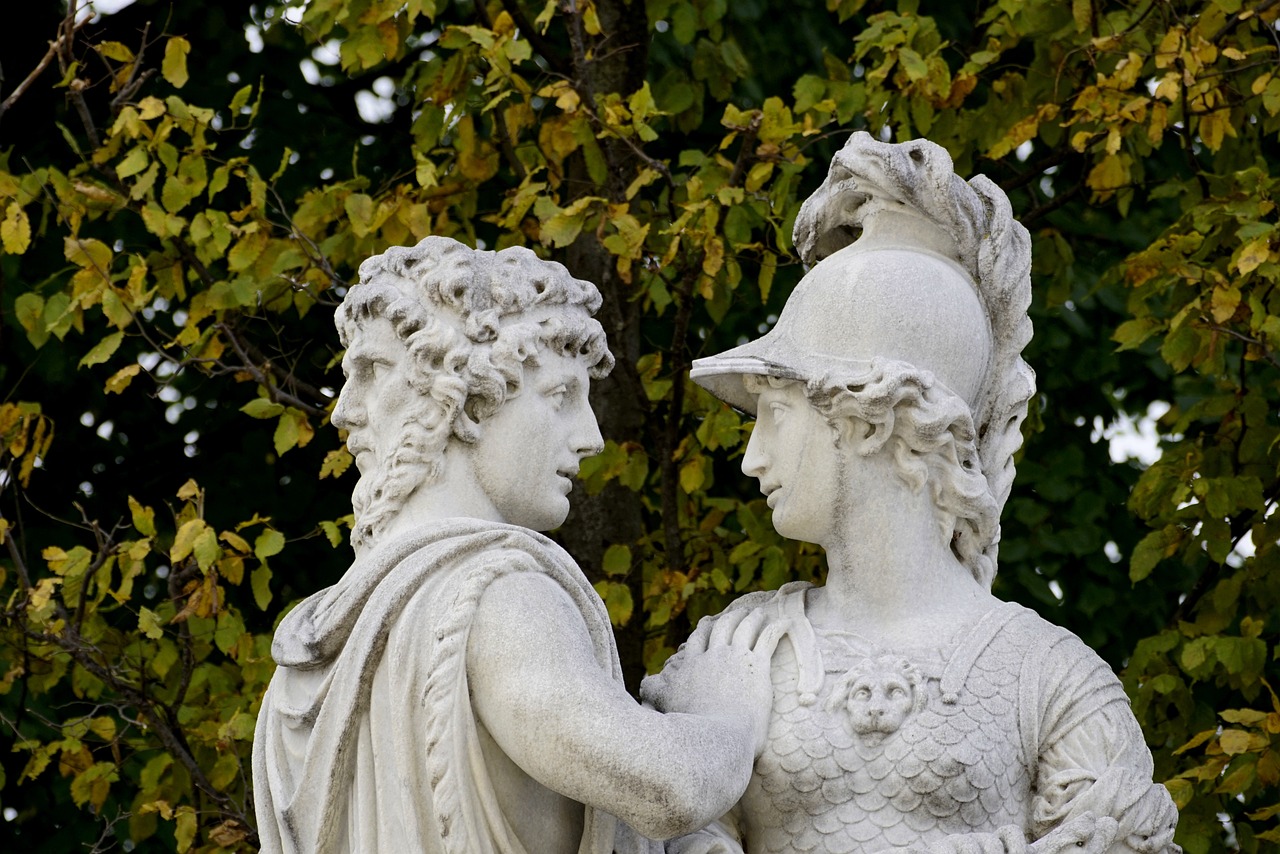Freyja, pronounced differently, essentially conveys the meaning of “lady” in Old Norse. The name has evolved to Freja in modern contexts, which was further anglicized to Freya. She is the sister of Freyr, which translates to “Lord,” and they are the descendants of Njoror, the deity of the sea, and Herta, the goddess of the earth. Symbols associated with Freyja carry the same significant weight as the goddess herself.
While pursuing pleasure and passion, Freyja is characterized by her complexity. The Vikings regarded her as an essential force within Norse mythology, placing her on par with Odin and Thor.
Freya: Goddess of Love
Freya is often recognized not just as the goddess of love, but also as a deity of fertility, war, and death. Old Norse texts frequently emphasize her association with sexuality, although she is notably absent from the childbirth aspects typically attributed to other gods of fertility. In Norse mythology, Freya embodies love, fertility, sexuality, warfare, mortality, magic, beauty, and witchcraft. She oversees battles, has the power to bestow and revoke fertility, and is believed to possess inherent knowledge of ancient magic and Runes. As a member of the Vanir tribe, Freya is deeply entwined with both the earth and witchcraft traditions.
Freya revered pigs and traveled in a chariot pulled by cats. Among her many privileges was the selection of half of the warriors who perished in battle, with Odin claiming the remainder for Valhalla. She famously wore the Brisingamen necklace, which was stolen by the clever deity Loki, only to be retrieved later by Heimdall, the vigilant guardian of the gods.
Freya has also been accused of corrupting the Aesir gods by teaching them witchcraft. Similar to the Egyptian goddess Isis and the Greek deity Aphrodite, Freya embarked on a journey searching for her lost husband while shedding golden tears. She is known by four names: Horn, Mardoll, Syr, and Gefn. Her themes include strength, devotion, sunlight, passion, and magic, with symbols such as lions and strawberries associating with her.
Far from being a secretive entity, Freya was celebrated across Europe, particularly in Iceland, Greenland, Scandinavia, Germanic regions, Anglo-Saxon Britain, and the Netherlands. As one of the most revered Pagan goddesses, her spirit resonated well into the Christian era, which, paradoxically, helped maintain her relevance in cultural memory even as she faced condemnation.
Regarded as the Queen of Witches, worshipers of Freya were often labeled witches, and her rites inspired practices around magic, shamanism, and female empowerment. With the emergence of new religious orders, these attributes were viewed as sinful.
The Vanir
Norse deities are split into two groups: the Vanir and the Aesir. Freya and her kin fall under the Vanir category, though little is known about the wider family. Historical records indicate a conflict between the Aesir and Vanir, with the latter ultimately defeated. Consequently, Freya and Freyr were sent to the Aesir as part of a peace settlement.
The Vanir are thought to have dwelled in what is now Scandinavia prior to the Aesir’s arrival, and the Church targeted the Vanir with more animosity than the Aesir, resulting in scant records of the Vanir remaining. The prevailing myths suggest that the Vanir were skilled shapeshifters intertwined with magic, eroticism, and prophecy.
Following her integration into Aesir society, Freya is said to have shared her vast sage with them. Odin was the first of the Aesir to befriend Freya, learning about Seidr, a magic understood to be feminine and frowned upon by men. Freya possessed deep knowledge of the Runes, prompting Odin to sacrifice his eye and sacrifice himself by hanging from Yggdrasil to gain insight into their meanings.
Freya and Warfare
As the embodiment of love and warfare, Freya, often referred to as Valfreya, commands the Valkyries in battle. These celestial beings guide the souls of the fallen to the afterlife, distributing them across different realms. While some souls are led to Valhalla at Odin’s behest, Freya claims half for her own domain, Folkvangr—a meadow with a grand hall named Sessrumnir where love songs are eternally played.
Freya and Frigg
Freya shares characteristics with Frigg, Odin’s spouse, leading to speculation that they might be the same entity. The evidence lies in Freya’s title nature contrasted with Frigg’s personal name, which is often interpreted as “well-beloved lady.” Frigg, associated with childbirth and matrimony, blurs the lines between the two deities, as her connection to the Aesir is not clearly defined.
While Frigg is recognized as the goddess of marital fidelity, married souls find solace in her hall, Fensalir, after death. Distinctions between Freya and Frigg continue to exist, despite their blending in some cultural narratives, especially in Germany. Interestingly, despite the opposition from Christian authorities, ample lore concerning Freya and her beliefs remains. The theory that Freya and Frigg may be the same is bolstered by the notion that Freya’s husband, Odr, is synonymous with Odin, and their daughters are named Hnoss and Garsemi, yet little information is available about these children.
Freya’s Attributes and Associations
As per Norse mythology, the illustrious Freya has striking long blonde hair and is a shapeshifter able to transform into any creature. She possesses a magical falcon cloak for flying and wears the renowned Brisingamen necklace crafted by dwarves. Her chariot, drawn by two silver cats likely named Bygul and Trjegul, symbolizes her affinity with a variety of creatures, including cats, rabbits, falcons, and even boars.
Freya is attracted to vibrant colors like green, red, yellow, light blue, pink, and white, favoring materials such as gold and amber. Various plants and essential oils, along with her favorite foods like pork, honey, mead, and barley, are offerings well-suited for the goddess. Her love for cats indicates that treating these animals kindly is a way to honor her.
Freya’s essence resonates through ancient and contemporary cultures alike, echoing the rich heritage of the Nordic people, which continues to leave a lasting legacy.



